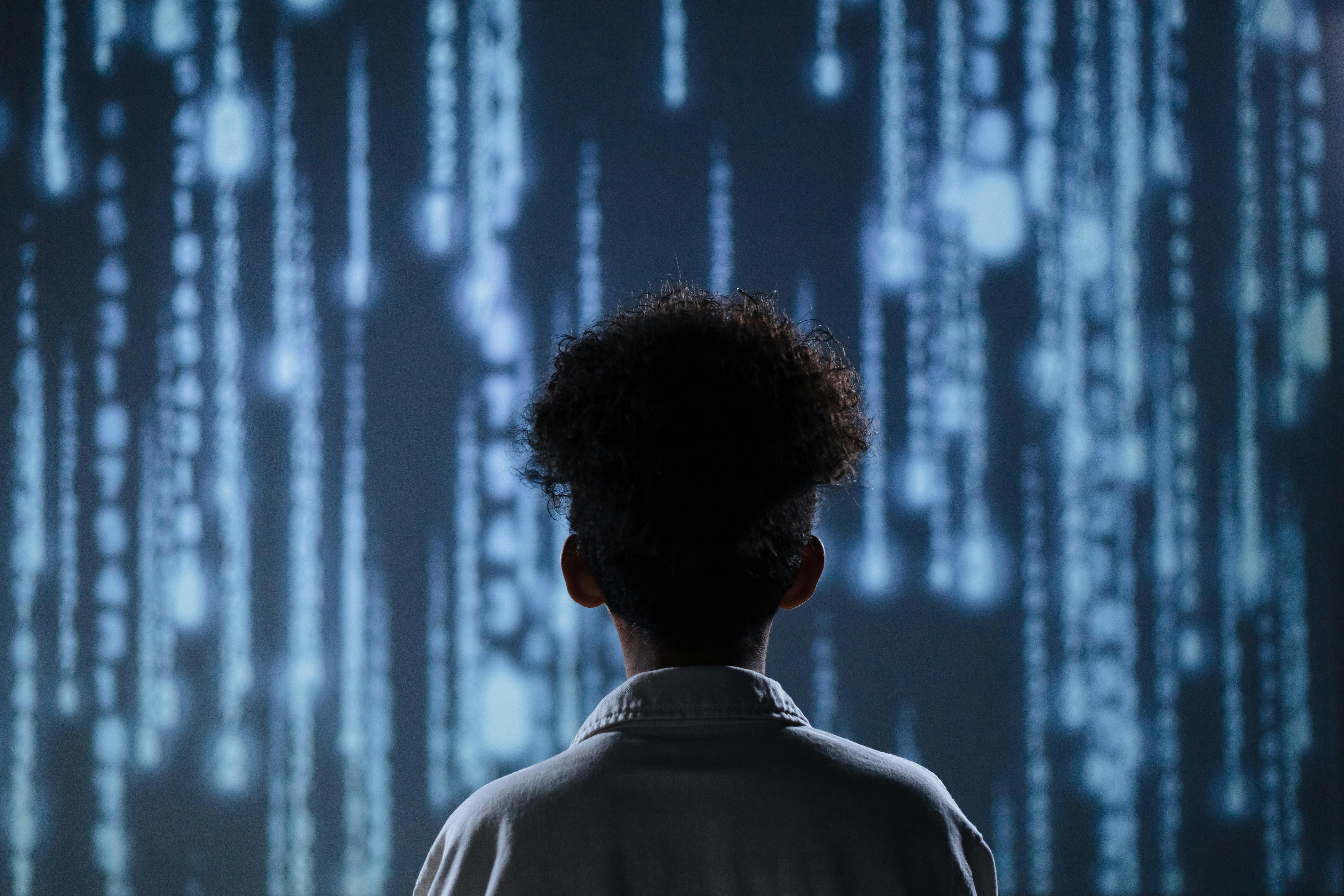3 Things I'm Proud of This Week: Explosive Disposal. A Few Good Men
This week students were challenged to solve this case taken directly from the movie A Few Good Men.
Explosive Disposal
Next semester I am very excited to teach a new elective class called "Engineering for Social Good". The overarching goal for the course is to position isolated skills in coding, design, fabrication, electronics, CAD, etc., students have acquired in previous courses into a service context. I will be developing the course here.
While I have a loose idea of the curriculum, I am this week in my Introduction to Robotics course to a test a few activities. An area of interest I currently have is the use of robots to carry important tasks that, in the past, resulted in human injury. One such area is explosive disposal.
I am interested in how challenging students to simulate the explosive disposal process (we use the VEX V5 system) helps to build empathy for the risks various service providers face when working to protect our society. Using the VEX Vision Sensor and the VEX V5 Starter Kit I designed this challenge, this "Public Product" requirement, and put the students to work. View an example of student work here.
A Few Good Men
I have written in the past about how I love to use medical case studies to spark inquiry in biology class. This week, to conclude a 5E Inquiry Cycle on Cellular Respiration, students were challenged to solve this case taken directly from the movie A Few Good Men (upon surveying, NONE of my students have seen the movie. Shocking but better for the lesson!).
Rather tell my students the correct diagnosis upon completion of their diagnosis presentations, I showed this video clip taken from the movie that reveals the diagnosis (Lactic Acidosis) for the students. Much more impactful and fun! Then, once the diagnosis has been revealed through the movie, I move into a responsive lecture about how the condition relates to current content in the class.
Flash Cards
Unlike the above reflections, this teaching example is super simple. Students spent today preparing for a quiz the on intermolecular forces in chemistry. Answering the questions on the quiz require students drawing a diagram to represent molecular interactions. Each group of students created a question, then solved their own problem directly on a personal whiteboard.
I then created a blank Google Slides preso, altered the settings, shorted the URL, and shared it with my students. Students then inserted their question into one slide and used their web cams to insert an image of the whiteboard from the previous question into the next slide. Within 20 minutes our class had made a deck of practice problems, that, when placed in presentation mode, behave like a set of flash cards. I then shared the slides with my students for strategic review. Click here for the final product.
cross posted at www.cyclesoflearning.com
Ramsey Musallam teaches science and robotics at Sonoma Academy in Santa Rosa, California, with the aim of fostering inquiry-based learning environments fueled by student curiosity. He presents widely on sparking student curiosity and teaching with technology. Musallam is a Google Certified Teacher, a YouTube Star Teacher, and a Leading Edge Certified Teacher. Watch his TED talk here and read his blog at www.cyclesoflearning.com.
Tech & Learning Newsletter
Tools and ideas to transform education. Sign up below.
